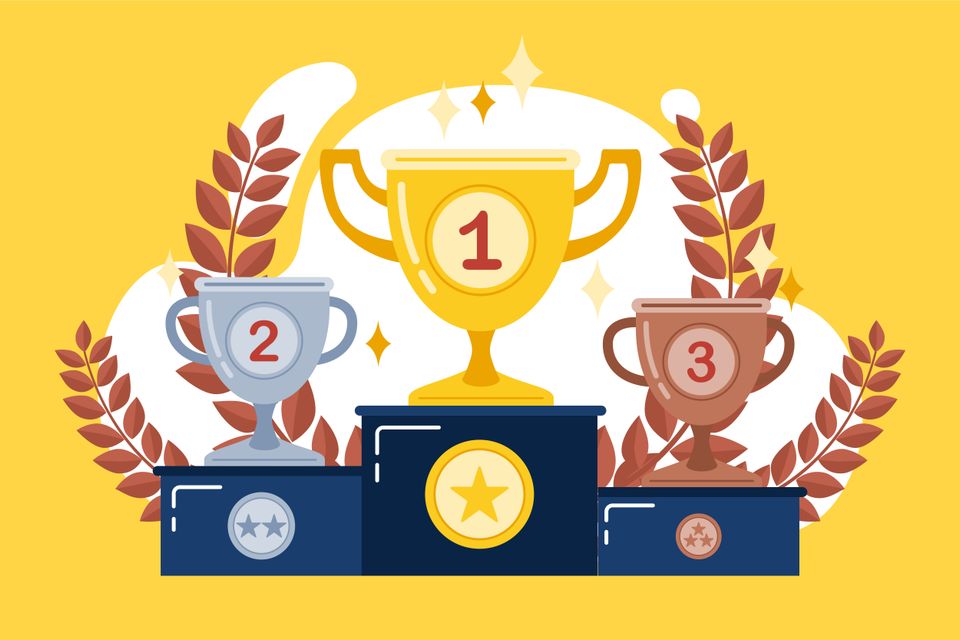
Restaurant Loyalty, but Make It Addictive: How to Design Reward Programs That Keep Customers Hooked
In a world where diners have endless options at their fingertips, a generic punch card or “earn 10 points, get a free drink” system just doesn’t cut it anymore. Today’s customers expect more than discounts, they want experiences. If your restaurant’s loyalty program feels like a chore, it’s time to upgrade it using behavioral psychology and gamification.
Let’s explore how to turn your loyalty program into something your customers actually enjoy using. In this blog, you’ll learn how to build a reward system that’s engaging, memorable, and even addictive.
Why Traditional Loyalty Programs Fall Flat
Most traditional restaurant loyalty programs offer delayed gratification. Customers collect points over time, often for small rewards that don’t feel particularly exciting. There's no sense of progress, no surprise, and no emotional engagement. That’s a missed opportunity.
Modern consumers, especially Millennials and Gen Z, crave interaction. They want to be part of something fun and rewarding. By integrating elements of behavioral psychology and game design, your loyalty program can transform from a “meh” afterthought into a marketing engine that drives repeat business.
The Psychology of Loyalty: Why We Keep Coming Back
Let’s break down the behavioral science behind successful loyalty programs:
1. Instant Gratification
People are more likely to participate in a program that offers early rewards. Instead of waiting for months to get a free appetizer, give them something small upfront—like a free dessert for joining.
2. Progress Tracking
Seeing progress in real time motivates people to complete a task. Think progress bars, “You’re 80% to your next reward,” or leveling up tiers.
3. Variable Rewards
When rewards are unexpected or randomized (like a surprise treat or bonus points), people are more likely to stay engaged. This is the same psychology behind slot machines.
4. The Zeigarnik Effect
This psychological phenomenon says people remember uncompleted tasks better than completed ones. If your customer is halfway to unlocking a reward, they’re more likely to come back and finish.Understanding these behavioral drivers sets the foundation for creating a loyalty program that feels like play, not work.
Gamification 101: Turning Loyalty into a Game
Gamification is the use of game elements in non-game settings to boost engagement. When applied to restaurant marketing, it makes earning rewards feel fun, challenging, and worth sharing.
Here are core game elements you can apply to your loyalty program:
- Points & Levels – Give customers something to earn and track.
- Badges & Achievements – Recognize milestones or unique behavior (like “5 brunch visits”).
- Leaderboards – Encourage friendly competition among frequent visitors.
- Challenges – “Order 3 different tacos this week to earn a prize.”
- Mystery Rewards – Unwrap or scratch to reveal surprise offers.
Big brands like Starbucks and Chick-fil-A use these mechanics to great effect but smaller restaurants can do the same with the right strategy and tech.
5 Game-Inspired Loyalty Program Ideas That Work
Here are real-world, practical ideas to turn your loyalty program into a brand experience that diners love:
1. Tiered Memberships (Bronze, Silver, Gold)
Let customers “level up” based on their frequency or spend. Each tier unlocks better perks, like free drinks, priority reservations, or birthday gifts. This creates a sense of status and keeps customers coming back to reach the next level.2. Spin-to-Win or Scratch-Off Rewards
Offer digital (or in-store) games where customers can spin a wheel or scratch a card to win surprise prizes. The randomness keeps it exciting and builds anticipation for the next visit.
3. Challenge-Based Bonuses
Create missions like “Try 3 new dishes this month” or “Order takeout 4 times in April” to unlock exclusive menu items. This approach subtly encourages upselling while keeping things interactive.
4. Streak Rewards
Encourage customers to visit multiple days in a row or multiple weeks in a month. Completing a streak could unlock points multipliers, freebies, or mystery discounts.
5. Mystery Gift Unlocks
Offer surprise rewards at random intervals; after the 2nd, 5th, or 10th visit. These “Easter eggs” build curiosity and increase retention.These mechanics don’t just offer value, they create emotional connections with your restaurant. Customers begin to view visiting you as a rewarding habit, not just another meal.
How to Promote and Measure a Gamified Loyalty Program
Promotion Tactics:
- In-Store Signage – Use QR codes, table tents, or digital displays to show off the program and rewards.
- Social Media Stories & Reels – Show real winners, highlight reward tiers, and build FOMO with streak challenges.
- Email & SMS Marketing – Use automation to send progress updates, reward alerts, and exclusive challenges.
Key Metrics to Track:
- Repeat Visit Rate – How often customers return within a set timeframe.
- Redemption Rate – How many rewards are actually claimed.
- Customer Lifetime Value (CLV) – How much the average loyalty member spends over time.
- Engagement by Feature – Track which game mechanics are most used and most effective.
Integrating loyalty tracking with your online ordering and POS system allows for easy data analysis and automation.
Common Mistakes to Avoid
Even a gamified program can flop if it’s poorly executed. Watch out for these traps:
- Overcomplicated Rules – Keep it simple. If users have to “read the fine print,” they’ll bounce.
- Rewards That Take Too Long – Don’t make your customers wait forever to feel rewarded.
- Inconsistent Online/In-Person Experience – Your program should work the same whether someone orders at the counter or via delivery.
- No Data Strategy – Loyalty programs are a goldmine of customer insights—don’t let it go to waste.
Make Loyalty Fun, Not Forgettable
Loyalty programs should do more than keep customers in the loop, they should keep them emotionally connected. By using behavioral psychology and game design, restaurants can turn everyday diners into highly engaged brand advocates.
This isn’t about bells and whistles, it’s about building habits and making people feel rewarded for choosing you again and again.
Ready to Turn Your Loyalty Program into a Marketing Engine?
At 360 Digital Marketing, we specialize in designing loyalty strategies that actually work—custom-built for restaurants that want to stand out. From concept to execution, we help you engage customers, track results, and grow repeat revenue.
Let’s talk about your loyalty system, schedule a free strategy call today.
